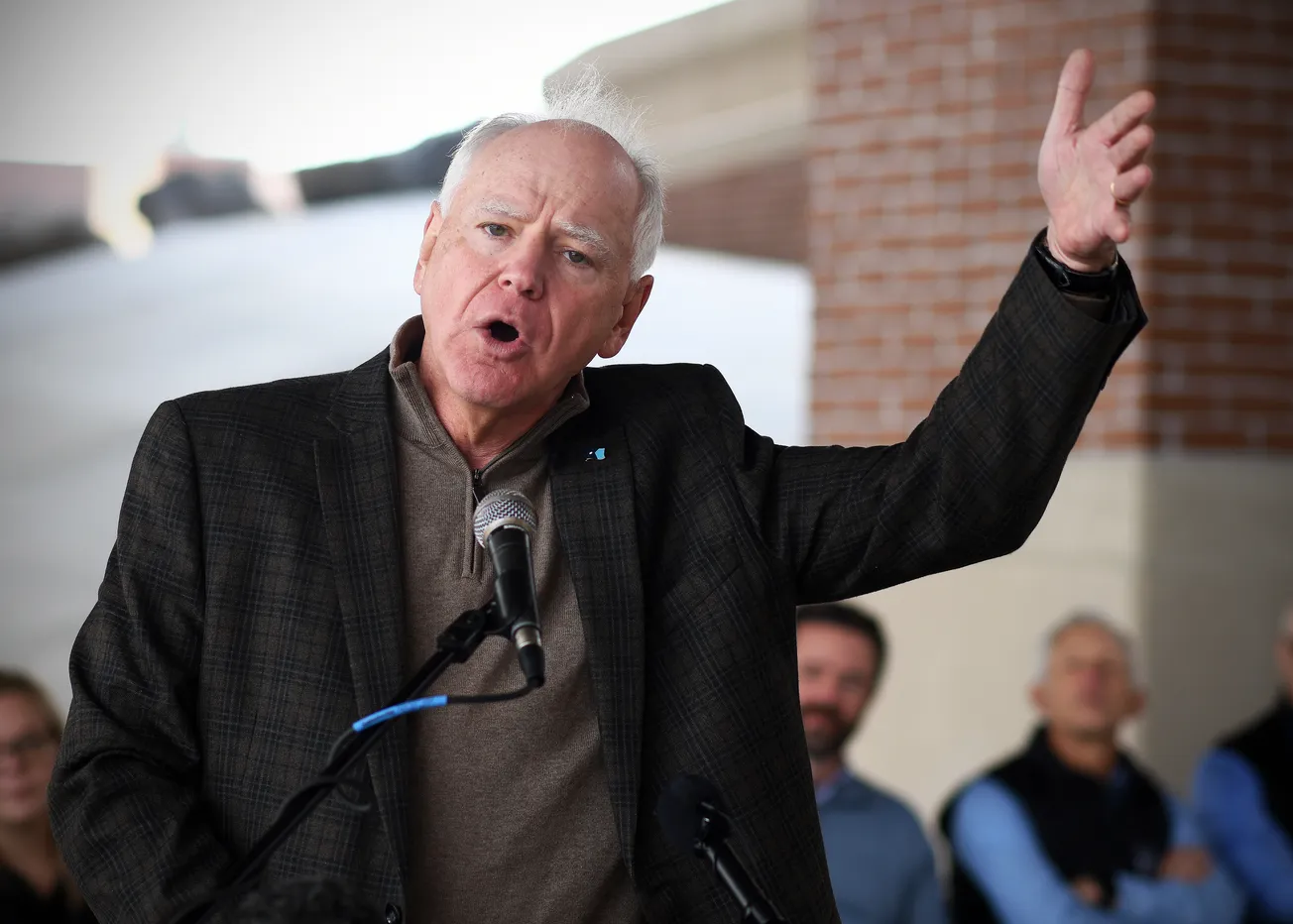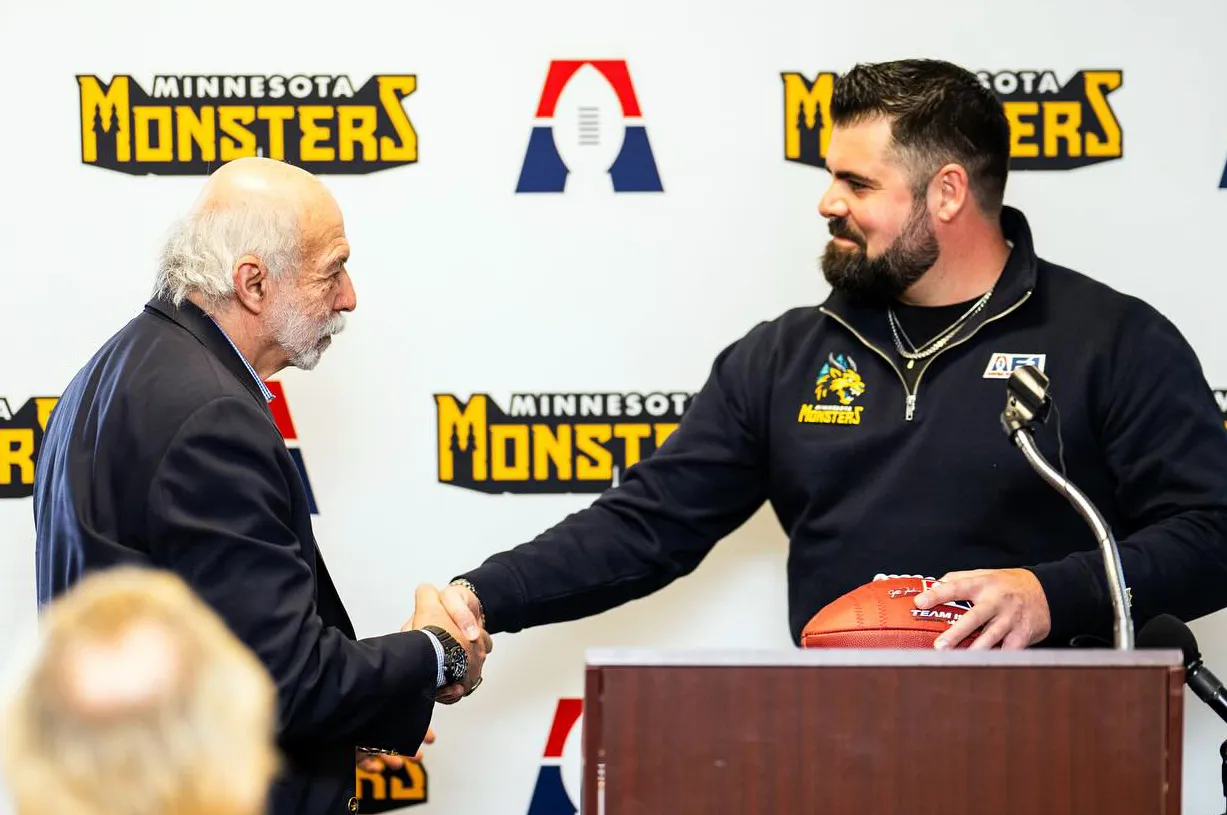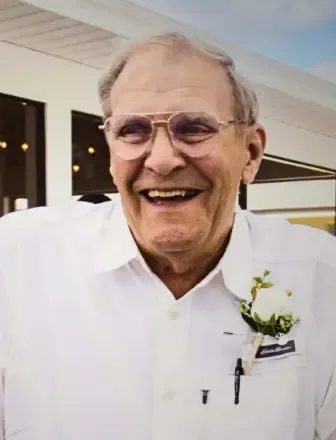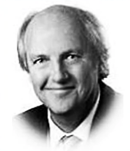
Howie's column is powered by Lyric Kitchen · Bar | eMail Howie
Gov. Tim Walz has already done something hard twice: win a statewide race in a purple, cranky, regionally split Minnesota.
In 2018, he beat Jeff Johnson by about 11 points. In 2022, he beat Scott Jensen by roughly 8.
Those wins give him a blueprint. They do not guarantee a third term.
A Star Tribune Minnesota Poll this summer had Walz's approval at 49%, with about half of voters saying he shouldn’t run again.
Morning Consult and KSTP/SurveyUSA polls put him near break-even — low-50s approve, low- to mid-40s disapprove.
That’s enough to win if the map holds. It’s also soft enough that one bad cycle or one strong Republican could flip the board.
So the question isn’t just “Is Walz popular?” It’s “Where, exactly, does he still have room to win?”
Because in 2026, his fate is going to be written county by county.

The Must-Win Core: Hennepin and Ramsey
Start with the obvious: Hennepin and Ramsey are Walz’s oxygen tank. In 2022, roughly seven in ten voters there backed him. He doesn’t just need to win those counties; he needs to rinse the GOP out of them.
If Walz falls much below 65–70% in Hennepin and Ramsey, his statewide math starts to wobble. Those two counties are the raw vote engine that lets him survive increasingly brutal margins outstate. The 2022 map tells the story plainly: “Strong support in the Twin Cities metro fueled” his win.
That’s not spin. That’s arithmetic.
Put bluntly:
. Hennepin has to stay DFL landslide territory.
. Ramsey has to stay second verse, same as the first.
Any Republican who finds a way to cut those margins significantly is halfway to the Governor’s residence.

The Metro Firewall: Dakota and Washington
If Hennepin and Ramsey are the engine, Dakota and Washington are the firewall around it.
Walz won majorities in both in 2022.
They’re classic swing-to-blue suburban counties: newer housing, commuters, a mix of moderate DFLers, independents, and Republicans who can no longer stomach national GOP noise but still worry about taxes and crime.
In 2018, Walz flipped Dakota and Washington from red to blue.
In 2022, he held them. That’s the quiet story of why he’s governor today.
If he loses either Dakota or Washington in 2026, it’s a five-alarm fire for the DFL. If he loses both, you won’t need to stay up on election night.
What he needs here:
. Win Dakota and Washington again, even if by slimmer margins.
. Keep Republicans from turning these into referendum counties on taxes, public safety and schools.
. Talk like the governor of a suburban mortgage and a hockey schedule, not the national progressive brand people see on cable.
These are the places where “I’m tired of Walz” shows up first in yard signs and half-hearted turnout.

The Soft Flank: Anoka and the Exurban Ring
If Walz has a headache that won’t go away, it’s spelled A-N-O-K-A.
He flipped Anoka blue in 2018.
Four years later, he lost it back to the GOP: 48.97% Jensen to 47.65% Walz in 2022. That’s the story of a county drifting right as the metro expands and the culture wars harden.
Around it sits the classic exurban ring:
. Scott, Carver, Wright, Sherburne, parts of Chisago, Isanti — places where Walz doesn’t need to win, but he does need to lose by less than a landslide.
In 2022, Jensen ran up huge numbers in Greater Minnesota, including taking around 75% in deep-red counties like Pipestone and Marshall.
When those margins creep into the exurbs — 2-to-1 or worse — Walz needs every spare vote from Hennepin and Ramsey just to stay afloat.
What Walz needs in the collar counties:
. Anoka: He doesn’t have to win it, but he can’t lose it by more than 3–4 points again.
. Scott/Carver/Wright/Sherburne: Cut the GOP margin. Lose by 15 instead of 25. Keep a visible DFL presence so these don’t become write-off zones.
If a 2026 Republican can turn that ring into one solid, bright-red horseshoe around the metro, Walz’s statewide path becomes very narrow.
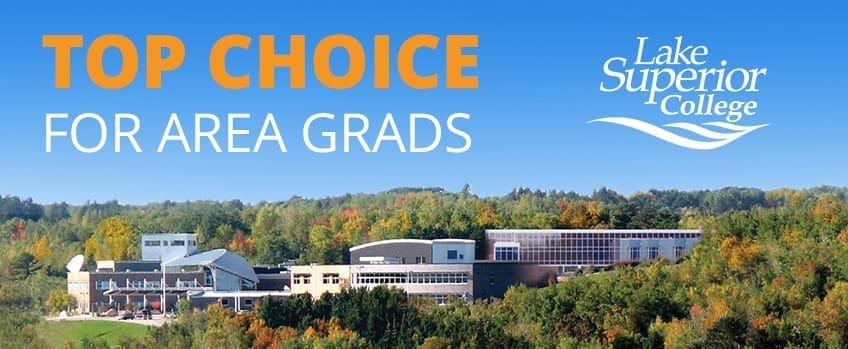
Regional Anchors: Rochester, Mankato, Duluth, Moorhead
Walz’s coalition doesn’t survive on the metro alone. He also leans on regional anchors — the blue dots in otherwise red regions.
In 2022, he carried:
. Olmsted County (Rochester)
. The Mankato area in Blue Earth/Nicollet
. Northeastern Minnesota, including St. Louis County (Duluth, Range) and adjacent Carlton
These are places with hospitals, universities, and regional economies that look more like suburbs than farmland. They’re also where Walz’s brand as a former southern Minnesota congressman and ex-teacher still matters.
In 2026, he needs:
. Rochester/Olmsted: Hold it by a solid margin. Healthcare, Mayo, and science voters don’t love culture-war GOP messaging. Walz has to remind them why.
. Mankato region: Keep it competitive. This is his old turf; if he’s getting blown out in the First District’s regional hub, that’s a symbolism problem as much as a numbers one.
. Duluth / St. Louis County / Carlton: Stay clearly blue. Mining, environment, and economic anxiety make this area volatile, but it’s still DFL ground if he doesn’t take it for granted.
. Moorhead/Clay County: At least keep it close. Trump-era realignment has pushed this region rightward, but a sitting DFL governor can’t get skunked on the North Dakota border and survive.
If he ever wakes up to see Rochester or Duluth in the Republican column, it’s over.

The Bleed-Out Zone: Rural Greater Minnesota
Here’s where Walz is weakest, and where the DFL has been bleeding for a decade: rural Greater Minnesota.
Southern farm counties, the western prairie, the north-central woods — most of this map is now deep Republican red. In 2018, Walz still had some goodwill here as the former congressman from southern Minnesota. By 2022, that advantage was fading; Jensen crushed him in dozens of rural counties, often 2-to-1.
The blunt reality is:
. Walz will lose most rural counties in 2026.
. The question isn’t whether he loses them. It’s by how much?
If GOP margins in places like Pipestone, Marshall, Todd, Morrison, Crow Wing, and much of the southwest get even larger than 2022, the metro and regional anchors have to work that much harder. He can’t fix this in one cycle — rural realignment is a national story — but he can keep the bottom from dropping out:
. Show up occasionally.
. Talk ag, roads, health care, and broadband more than culture.
. Give rural independents at least a reason not to turn the race into a pure anti-Walz referendum.
If Republican turnout soars in these counties while Democratic enthusiasm in the metro softens, there’s your upset recipe.
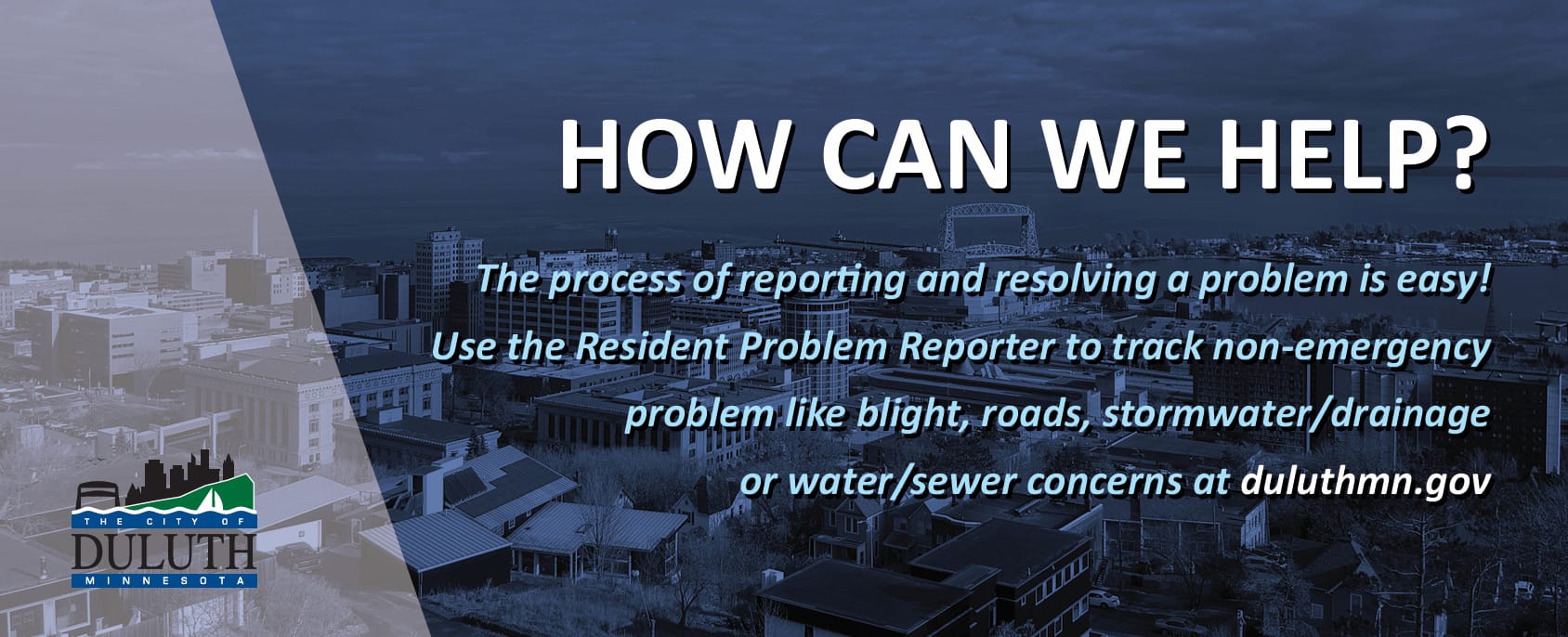
The Bottom Line: What a Winning Map Looks Like for Walz
If Tim Walz wins a third term in 2026, the county map will probably look a lot like 2022 with slightly smaller margins:
. 70%-ish in Hennepin and Ramsey
. Clear wins in Dakota and Washington
. Competitive but probably losing in Anoka, with the loss kept in single digits
. Red exurbs, but not a bloodbath
. Strong blue anchors in Rochester, Duluth, the Range, and Mankato
. Ugly but survivable deficits across rural Greater Minnesota

If that coalition holds, even a tired, 49%-approval Walz can stagger across the finish line ahead of a generic Republican. If that coalition cracks — if Republicans flip a suburban county like Dakota or Washington, or Walz’s support softens in the metro while rural margins widen — then the race stops being “Likely DFL” and becomes something we haven’t seen in a long time in Minnesota: a truly even-money governor’s race.
In other words, the question in 2026 isn’t just “Do you like Tim Walz?”
It’s “Can he still make this particular map work one more time?”
Right now, the answer is probably.
But for the first time in his governorship, that “probably” comes with a real map of places where he can lose this thing.

Howie, 71, is a veteran Duluth journalist and publisher of HowieHanson.com, which he has operated for 21 years. He is the region’s first and only full-time online columnist, covering local news, politics, business and sports with an independent, community-centered voice. Hanson has spent more than five decades reporting on issues that shape the Northland.

